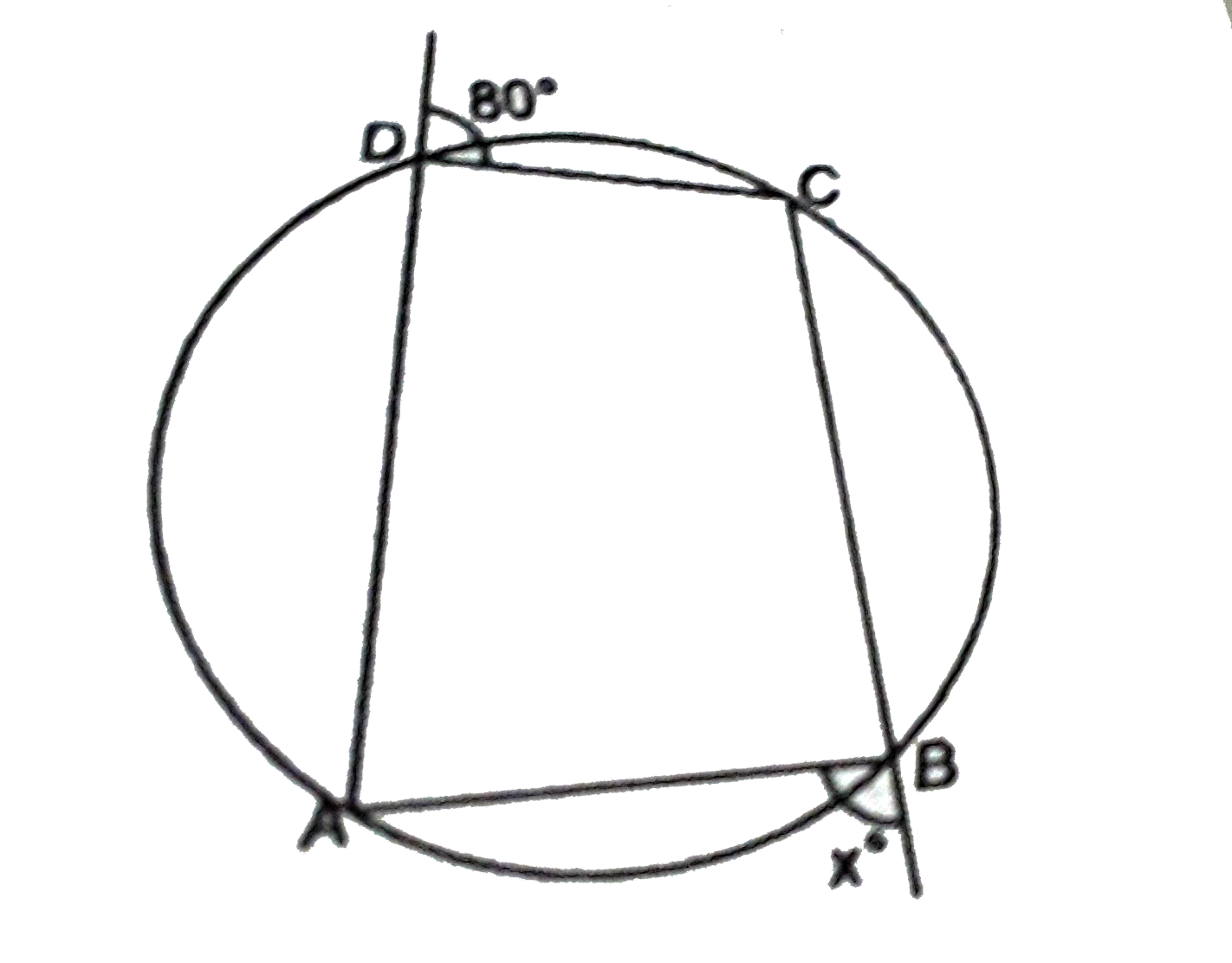In the adjoining figure, ABCD is a rhombus and ABE is an equilateral triangle. If ∠BCD=70∘, find
(a)∠ADE (b)∠BDE (c)∠BED

The correct Answer is:(a)25∘(b)30∘(c)35∘
Step by step video & image solution for In the adjoining figure, ABCD is a rhombus and ABE is an equilateral triangle. If angleBCD=70^(@), find (a)angleADE" "(b)angleBDE" "(c)angleBED by Maths experts to help you in doubts & scoring excellent marks in Class 9 exams.
Updated on:21/07/2023Topper's Solved these Questions
- QUADRILATERALSBOOK - NAGEEN PRAKASHAN ENGLISHCHAPTER - QUADRILATERALSEXERCISE - Revision Exercise (long Answer Questions)
5 Videos
- QUADRILATERALSBOOK - NAGEEN PRAKASHAN ENGLISHCHAPTER - QUADRILATERALSEXERCISE - Revision Exercise (very Short Answer Questions)
10 Videos
- PROBABILITYBOOK - NAGEEN PRAKASHAN ENGLISHCHAPTER - PROBABILITYEXERCISE - Revision Exercise (very Short Answer /short Answer Questions)
10 Videos
- STATISTICSBOOK - NAGEEN PRAKASHAN ENGLISHCHAPTER - STATISTICSEXERCISE - Revision Exercise
12 Videos
Similar Questions
Knowledge Check
Using the adjoining figure, find a+b+c+d.
 A180∘B360∘C270∘D380∘
A180∘B360∘C270∘D380∘
In the adjoining figure, ABCD is a square and PAB is an equilateral triangle. Find :
(i) ∠APD
(ii) ∠PDC
(iii) ∠DPC
(iv) Prove that DP=CP

View SolutionIn the given figure, ABCD is a rhombus with angle A = 67∘.

If DEC is an equilateral triangle. Calculate :
(i) ∠CBE (ii) ∠DBE
View SolutionIn the given figure, ABCD is a rhombus with angle A=67∘

If DEC is an equilateral triangle, calculate:
∠CBE
View SolutionIn the given figure, ABCD is a rhombus with angle A=67∘

If DEC is an equilateral triangle, calculate:
∠DBE
View SolutionIn the given figure, ABCD is a rohombus with A=67∘. If DEC is an equilateral triangle, calculate
(i) ∠CBE
(ii) ∠DBE

View SolutionIn the adjoining figure, ABCD is a cyclic quadrilateral. If ∠DBC=60∘ and ∠BAC=40∘ , then find the value of ∠BCD .

View SolutionIn the adjoining figure, if ABCD is a cyclic quadrilateral, find the value of x.

View Solution


